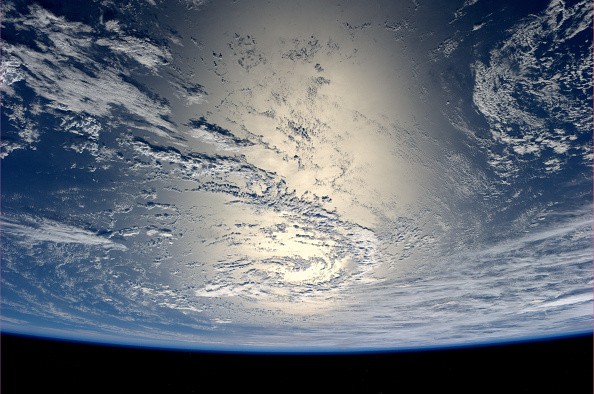The ALMA telescope has seen a planet that has traces of water and carbon monoxide on its surface, and it is in a galaxy that is 12.88 billion light-years away from the Earth. The telescope's discovery dates back to years ago, as it has been suspected to have the said elements and compounds present on its surface, now confirming that it indeed has some life-building elements.
ALMA Sees Planet with Water, 12.88b Light Years Away

The Atacama Large Millimeter/submillimeter Array (ALMA) has detected one of the most sought after compounds in the galaxy, and that is water or H2O. The life-giving element of water is what scientists look for in different planets, something which the ALMA has helped in detecting from a long-researched galaxy and planet that is 12.88 billion light-years away from the Earth.
The planet was first discovered by the researchers from ALMA in 2017, and now, the team has seen that it has water and carbon monoxide on its surface, something that suggests it has more than meets the eye. The planet is seen in the galaxy known as SPT0311-58, one of the deepest galaxies to have been discovered by scientists.
Seeing water in the depths of space is a massive thing, as it explains a lot more space for knowledge and information.
The Planet with Water in a Far Away Galaxy
The research was published in the Astrophysical Journal and is currently something that scientists are still investigating as of this moment. One thing is for sure, and that is the presence of H2O in the planet, as well as carbon monoxide or CO, known for being harmful to humans as it deprives the blood of oxygen.
ALMA's Deep Space Discoveries
The ALMA and its researchers have been long popular for its advanced discoveries that have seen the deep space and its phenomenons in the past years. The team is known to have resorted to different methods that are not what is expected of them and bring results, as well as research to give more information about the galaxy around us.
The ALMA Telescope has once used a traditional telescope that has not been considered initially in looking for a rotating baby galaxy in space before. With this, the team has found the said galaxy and has seen it through the lens of the non-modern telescope.
NASA's Hubble is also known for its deep-space discoveries and both telescopes have had a fair share of their contributions to the space industry.
The recent discovery made by ALMA has shown that there are planets that are near the composition of Earth or have the same elements that could be a possible indication that it harbors life. However, it remains unknown what the planet has more on its surface.
This article is owned by Tech Times
Written by Isaiah Richard
ⓒ 2025 TECHTIMES.com All rights reserved. Do not reproduce without permission.




